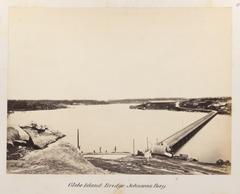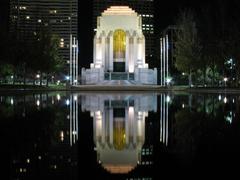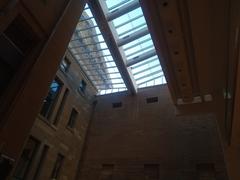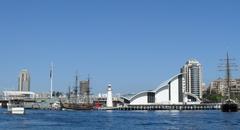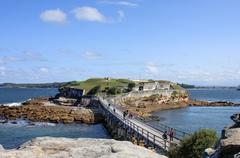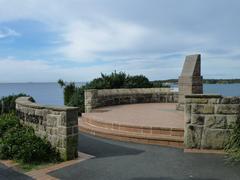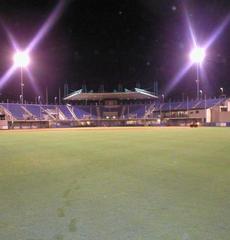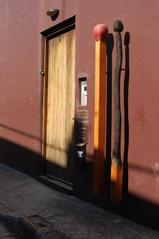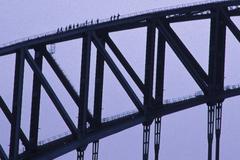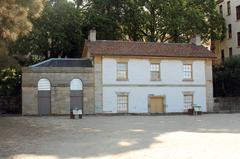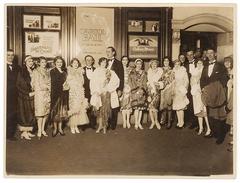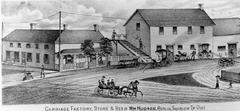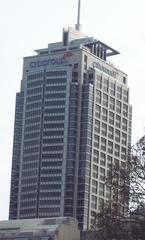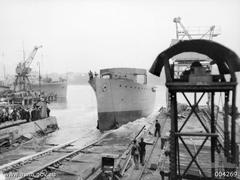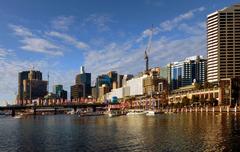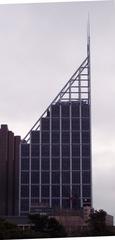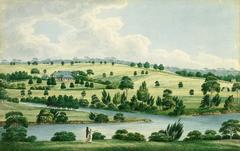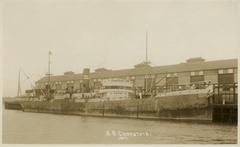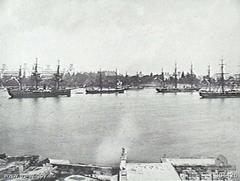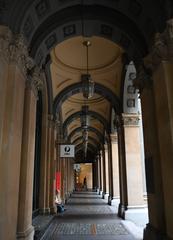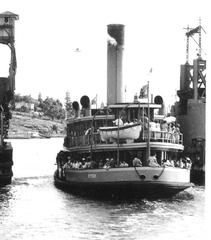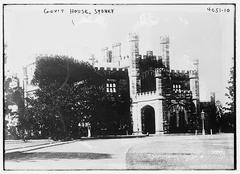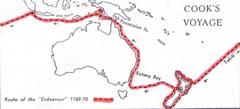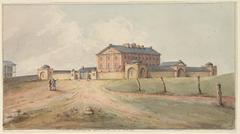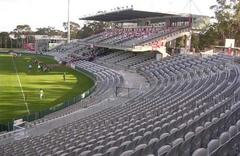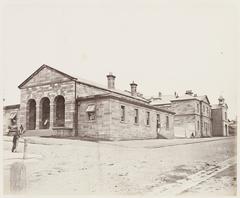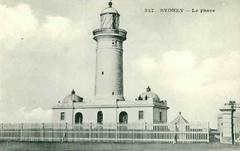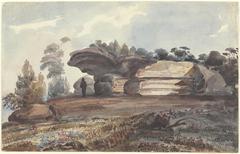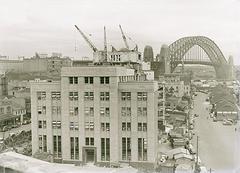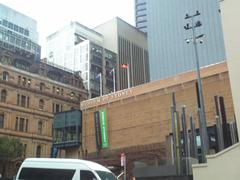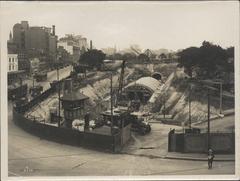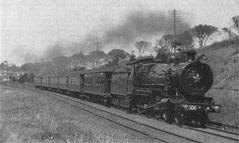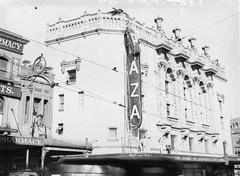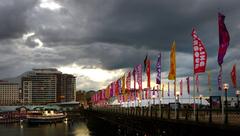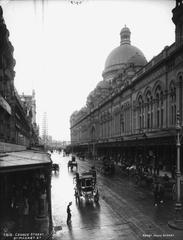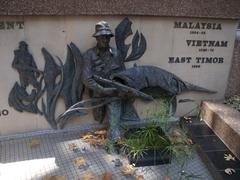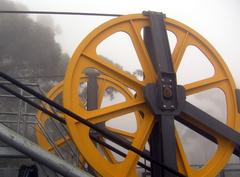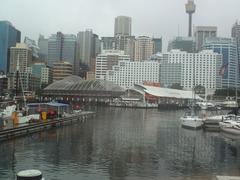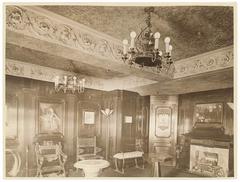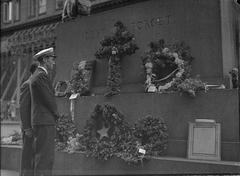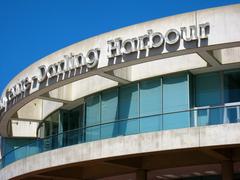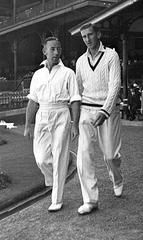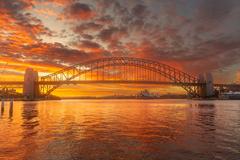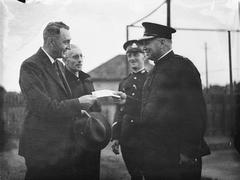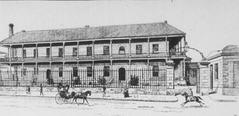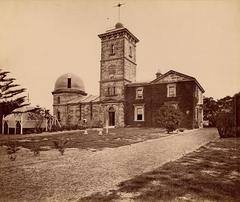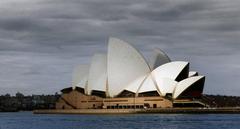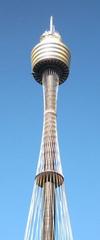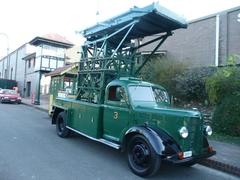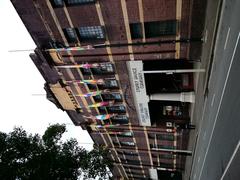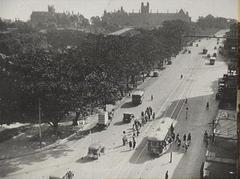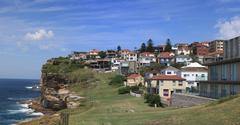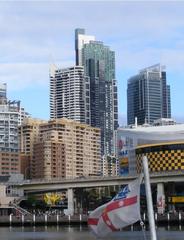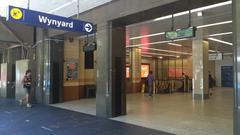
Reserve Bank of Australia Museum Sydney: Visiting Hours, Tickets, and Historical Information
Date: 03/07/2025
Introduction
Located in the heart of Sydney’s Central Business District, the Reserve Bank of Australia (RBA) Museum is a premier destination for anyone interested in the nation’s economic evolution and monetary heritage. Housed at 65 Martin Place, within the iconic and heritage-listed RBA headquarters, the museum offers an immersive journey through Australia’s currency history—from colonial banknotes to world-leading polymer innovations (Reserve Bank of Australia Museum). It also showcases the pivotal role of the Reserve Bank in shaping national prosperity and features unique architectural and artistic treasures.
Note: As of July 2025, the museum is temporarily closed for refurbishment to conserve its heritage and enhance sustainability. During this period, visitors can enjoy the museum’s digital collections and virtual exhibitions online. The museum will continue to offer free admission and guided tours upon reopening. For the latest updates, check the official RBA Museum website and follow their social media channels (RBA History, Wikipedia - Reserve Bank of Australia).
Table of Contents
- Introduction
- The Origins of Central Banking in Australia
- Transition to the Reserve Bank of Australia
- The RBA’s Role in the Economy
- Visiting Information
- Museum Highlights and Collections
- Nearby Attractions and Travel Tips
- Acknowledging Traditional Custodians
- Frequently Asked Questions (FAQ)
- Staying Updated and Further Resources
- Timeline of Key Milestones
- Conclusion
The Origins of Central Banking in Australia
Australia’s central banking story began with the establishment of the Commonwealth Bank of Australia in 1911. Initially created as a government-owned savings and trading bank, it gradually assumed central banking responsibilities, including note issuance and serving as the government’s banker (unreserved.rba.gov.au). In 1910, legislation created a national paper currency system, setting the foundation for Australia’s unified banking framework (RBA History).
Transition to the Reserve Bank of Australia
By the 1950s, it became apparent that the Commonwealth Bank’s dual commercial and central banking roles conflicted. The Reserve Bank Act 1959 resolved this by establishing the Reserve Bank of Australia as an independent central bank in January 1960, separating commercial operations (unreserved.rba.gov.au; Wikipedia - Reserve Bank of Australia). The RBA’s mandate focuses on maintaining currency stability, promoting full employment, and fostering economic welfare (RBA History).
The RBA’s Role in the Economy
The Reserve Bank manages Australia’s monetary policy, primarily using the official cash rate to control inflation and influence economic activity. Since 1993, the RBA has targeted 2–3% inflation for stability (Wikipedia - Reserve Bank of Australia). The RBA also oversees the country’s gold and foreign exchange reserves, provides banking services to the government, and ensures payment system stability. Since 1998, prudential banking supervision has been managed by the Australian Prudential Regulation Authority (APRA), allowing the RBA to focus on core central banking functions (unreserved.rba.gov.au).
Visiting the Reserve Bank of Australia Museum
Location and Accessibility
The museum is located at 65 Martin Place, within the Reserve Bank’s headquarters in Sydney’s CBD (museum.rba.gov.au). Martin Place is a central pedestrian boulevard, close to important institutions like the NSW Parliament and State Library.
Accessibility: The museum is wheelchair accessible, with facilities for visitors with disabilities.
Visiting Hours and Tickets
- Current Status: Temporarily closed for refurbishment as of July 2025.
- Virtual Access: Digital exhibitions and resources are available at museum.rba.gov.au.
- Admission: Free, no ticket required for general entry.
- Reopening: Updates will be posted on the official museum website and social media.
Guided Tours and Events
Guided tours and special events are paused during refurbishment. When open, the museum offers tours that explore the RBA’s history, currency design, and architecture.
Museum Highlights and Collections
- Comprehensive Banknote Collection: Every Australian banknote ever issued, from rare colonial notes to modern polymer designs.
- Coins and Numismatic Objects: Selected items tracing Australia’s monetary narrative (WhichMuseum).
- Archival Documents: Design sketches, printing plates, and historical photographs.
- Innovative Technology: Exhibits on anti-counterfeiting features and the development of polymer banknotes.
- Art and Design: The Coombs Collection and bespoke furnishings by Fred Ward (Reserve Bank of Australia Museum).
- Interactive Displays: Hands-on activities and multimedia presentations explain economic concepts and security features.
Nearby Attractions and Travel Tips
Martin Place’s central location makes the museum an ideal starting point for exploring:
- Sydney Opera House
- Royal Botanic Gardens
- Customs House
- Museum of Sydney
Travel Tips:
- Accessible by Martin Place Station (train), bus, and light rail.
- Wear comfortable shoes for walking.
- Combine your visit with other cultural attractions for a full day in Sydney.
Acknowledging Traditional Custodians
The RBA Museum acknowledges the Traditional Custodians of the land, the Aboriginal and Torres Strait Islander Peoples, and pays respect to Elders past and present, reflecting a commitment to inclusivity and accurate historical representation.
Frequently Asked Questions (FAQ)
Q: What are the visiting hours?
A: Typically Monday to Friday, 10:00 AM to 4:00 PM; closed weekends and public holidays. Confirm current status on the official website.
Q: Is there an admission fee?
A: No, admission is free.
Q: Are guided tours available?
A: Yes, usually by appointment; currently paused due to refurbishment.
Q: Is the museum accessible?
A: Yes, wheelchair access and tailored support services are provided.
Q: Can I take photos?
A: Non-flash photography is allowed in most areas; check for restrictions.
Q: How do I get there?
A: Via Martin Place Station, or nearby bus and light rail stops.
Staying Updated and Further Resources
Stay informed about reopening dates, events, and exhibitions by visiting the official RBA Museum website and following the museum on social media. Explore virtual tours and educational materials online while the museum is closed. Enhance your visit to Sydney’s cultural sites by downloading the Audiala app for curated guides and updates.
Timeline of Key Milestones
- 1910: Introduction of national paper currency
- 1911: Establishment of the Commonwealth Bank
- 1945: Central banking powers formalized
- 1959: Reserve Bank Act passed
- 1960: Reserve Bank of Australia commences operations
- 1991: Commonwealth Bank privatized
- 1998: Banking supervision transferred to APRA
Conclusion
The Reserve Bank of Australia Museum offers a compelling exploration of Australia’s monetary heritage, technological innovation, and central banking history. Its engaging exhibitions, interactive displays, and accessible location make it a top Sydney historical site for visitors of all backgrounds. Although temporarily closed for refurbishment, the museum continues to educate and inspire through digital channels and will resume full operations with enhanced facilities and programs in the near future.
For the latest updates, visit the official museum website, download the Audiala app, and follow the museum on social media. Start your journey into Australia’s economic story at the Reserve Bank of Australia Museum.
References
- Reserve Bank of Australia Museum
- RBA Museum Sydney: Visiting Hours, Tickets, and Historical Insights
- Reserve Bank of Australia - Wikipedia
- WhichMuseum - Reserve Bank of Australia Museum
- RBA Education
- Sydney Cultural Kilometre
- Reserve Bank of Australia Building, Sydney - Wikipedia


